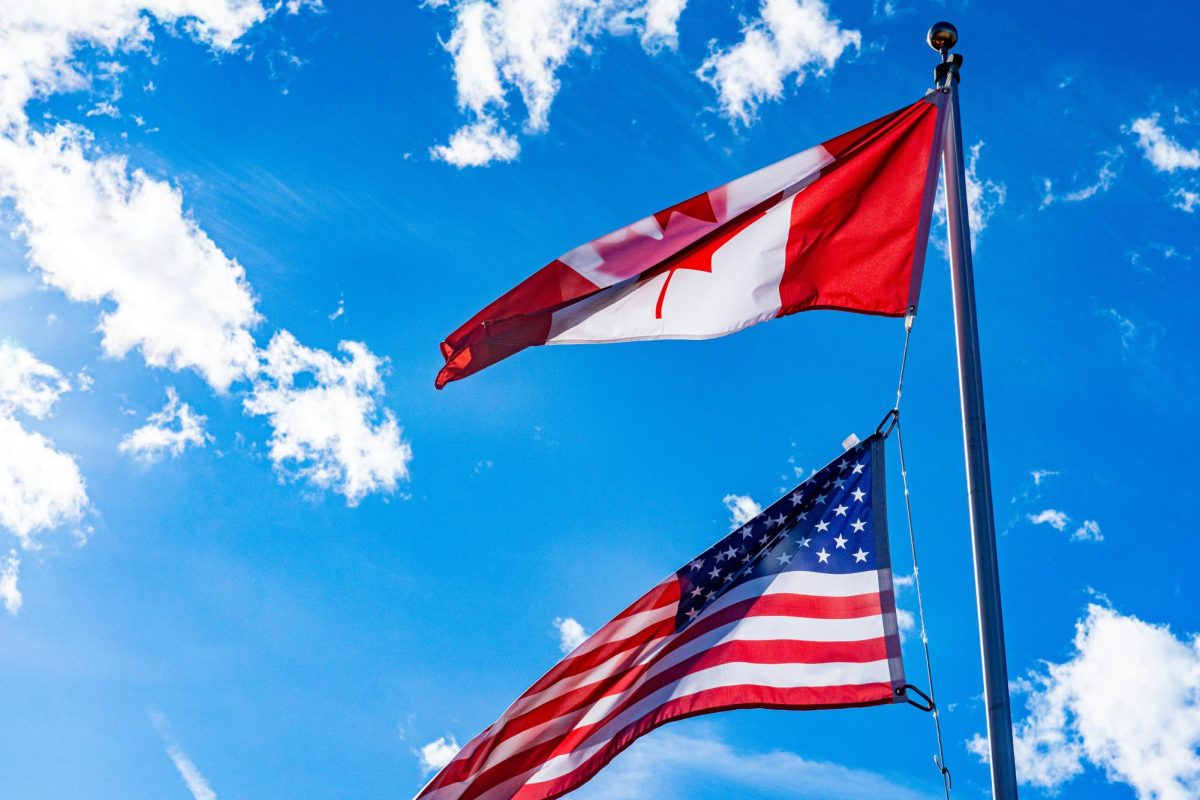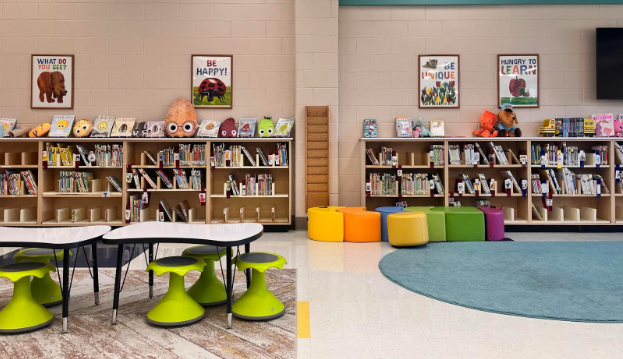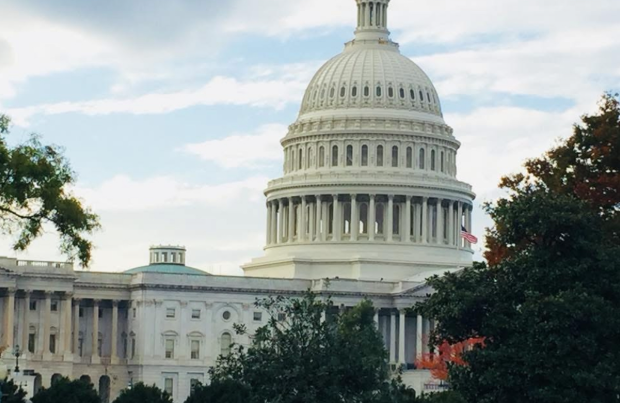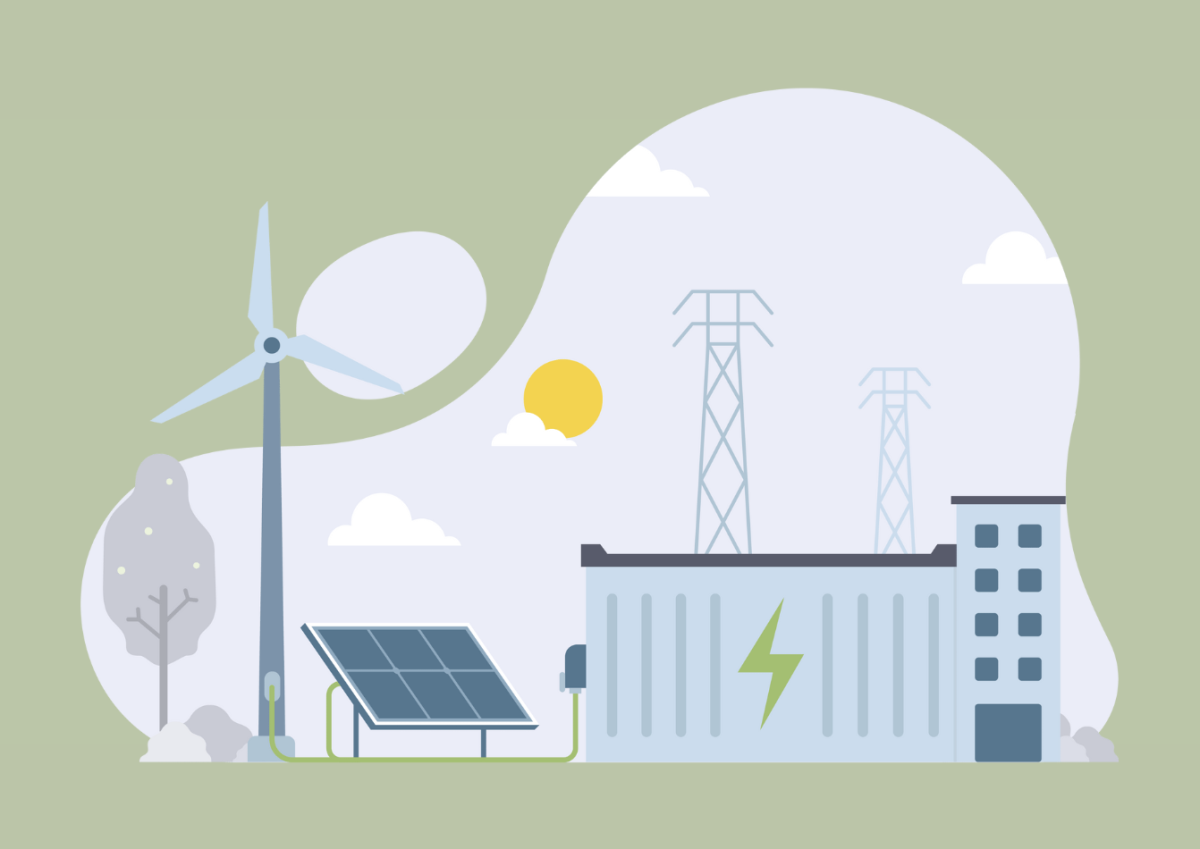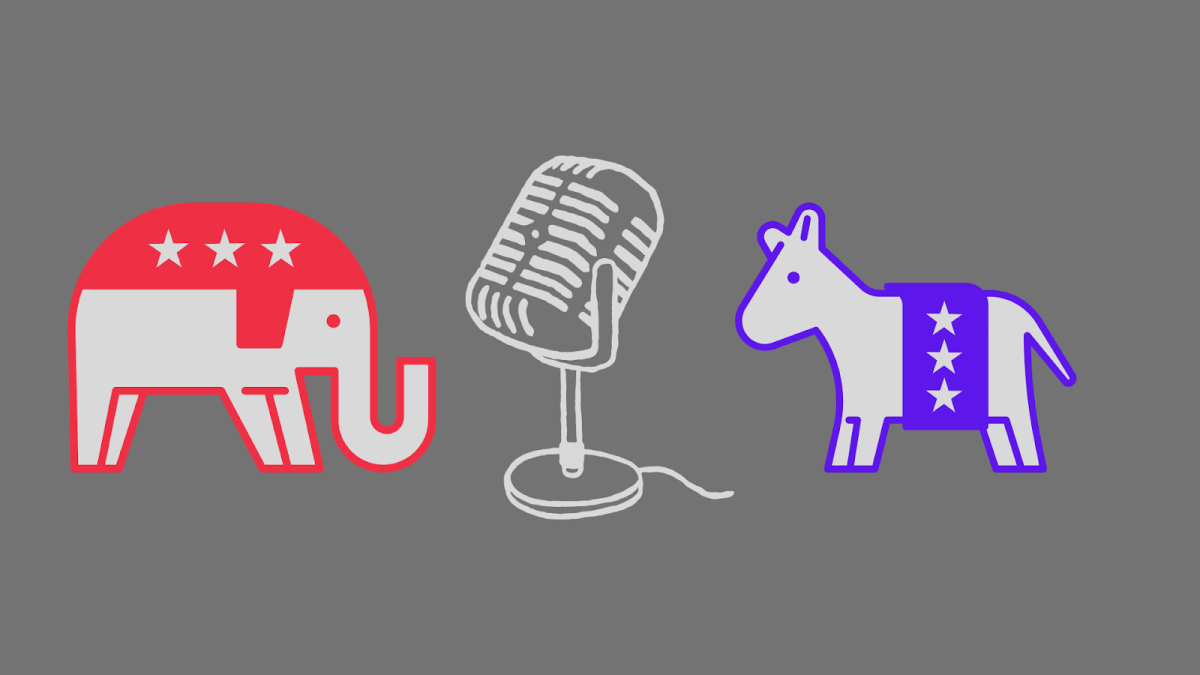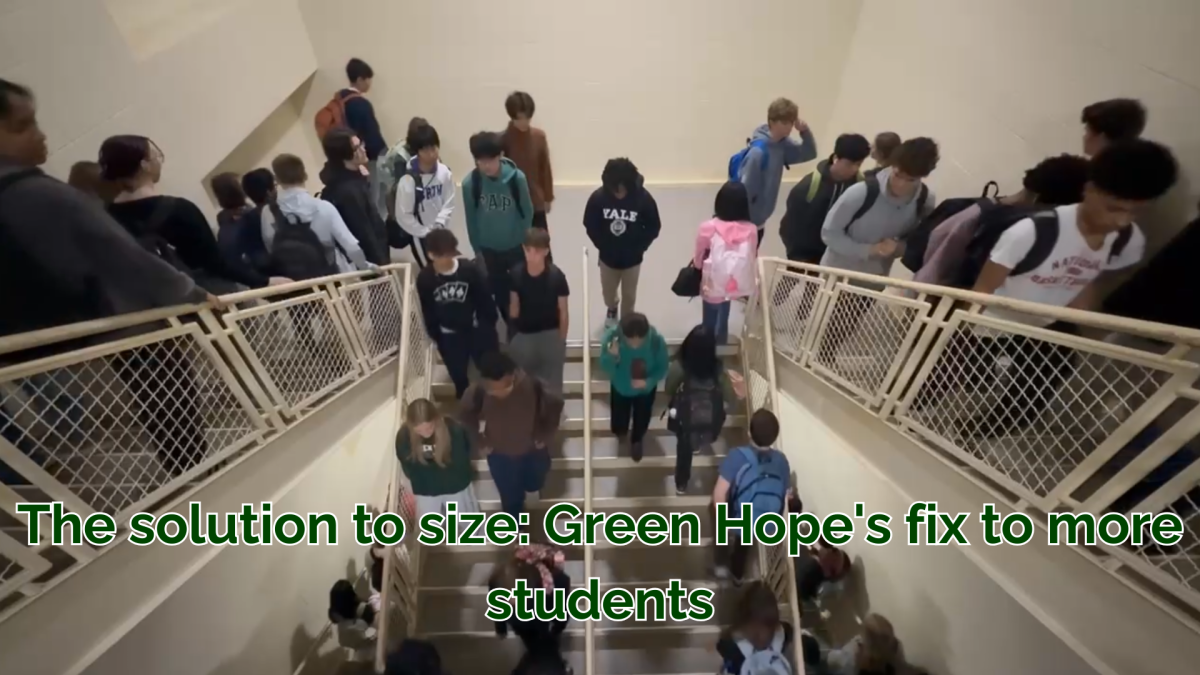Politics is often a slippery slope and is difficult to work out. A course could be running in one way, and then with a slight conflict, all of a sudden the course is forever altered. History has seen this formula countless times throughout history between countries or nations. Recently, we saw this with the recent meeting between Prime Minister Mark Carney and President Donald Trump.
On Oct. 7, Carney and Trump met in the Oval Office in Washington, DC. They met with the hope of discussing the current political situation, including Trump’s trade tariffs, and how these and other actions have harmed relations between Canada and the United States.
Despite their discussion being relatively private, Trump went in front of the press with Carney to discuss the future of the alliance. During the meeting, Trump showed great satisfaction with the meeting while praising the new prime minister, staying a lot more positive compared to how he spoke about the previous prime minister, Justin Trudeau. Trump praised Carney by saying how worthy and how much of a strong negotiator Carney is, and saying how he already seems like a respectable world leader.
Other than Trump’s praise for Canada’s Prime Minister, the duo shared with the press that there will be future negotiations about the possibility of free trade, and Trump shared his prediction of an ideal future, where Canadians will resume travel to the United States.
However, there is no current progression aside from just discussions to maybe open free trade agreements between Canada and the United States. As far as many can tell, Trump is continuing to stand his ground on tariffs, but seems to be slightly swayed by the negotiations with Carney.
The economic reality is that Canada is experiencing slow and staggering growth due to the tariffs that Trump has implemented; Canadian businesses and companies were reliant on the free trade that was once present between the United States and Canada. Thus, they have been forced to adapt to the tariffs impacting the economy, slowing economic growth.
The United States economy is also struggling from the implemented tariffs. According to multiple studies from public sources and programs such as the NIH, inflation on goods and services is up, and unemployment rates are also rising. There was also a reported sharp decline in the market when Trump first implemented these tariffs in April of 2025.
Other than the economic talks during the meeting, they also met and discussed border control as they are neighboring countries. During this type of conversation, they also discussed the topic of fentanyl flowing through the two countries seemingly freely through the border.
Since Trump took office, the relations between Canada and the United States have been strained, with the tariffs and how Trump has spoken about Canada in the past, despite them being neighbors. He has made comments about annexation regarding Canada’s territory and has criticized them for their trade and border, all of which have led to a distrust between the two nations.
Both countries’ relations are working to grow stronger so that trade of goods and services can flourish. In that case, then perhaps the economies of both may head for the rise as more job opportunities may open up that will help the unemployment rates. Trust is actively being restored from both sides; it will just take more effort and time from both sides of the Canadian and United States border.

